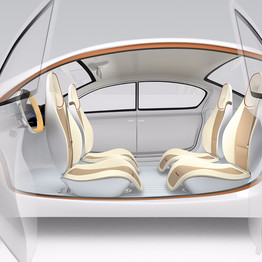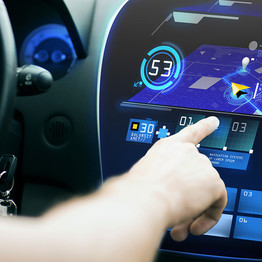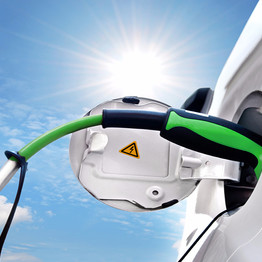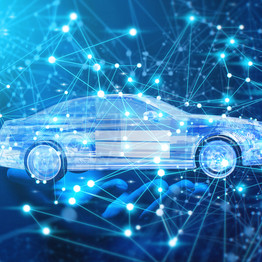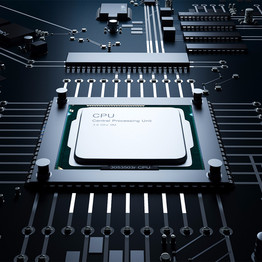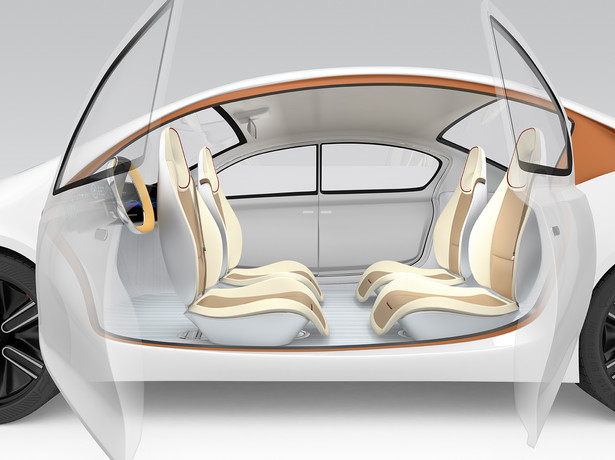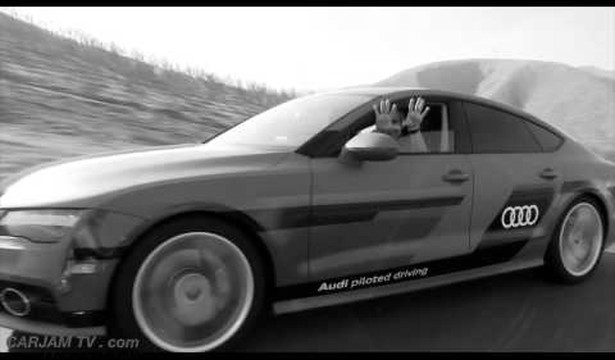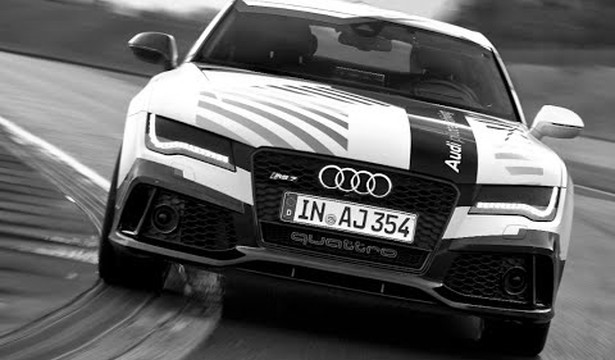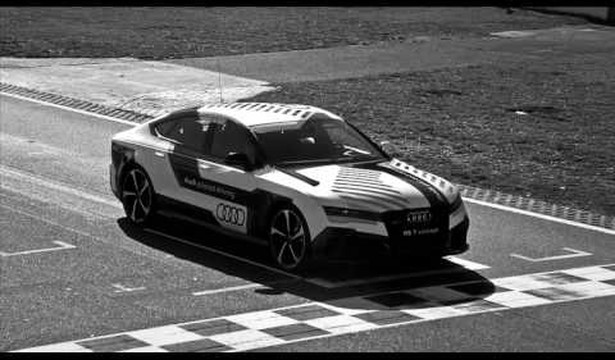The mobility of the future is emission-free, seamlessly networked and – if desired – will also be capable of making completely autonomous driving possible.
The varying levels of automated driving have been described in norm SAE 13016 since January of 2014. The classification is done as six stages.
All vehicles approved for public road traffic today are proficient at least at level 2.
The technical description of these six levels, however, is mute with regard to the capability of the systems to reach approval.
The greatest leap in development and safeguards is in mastering the transition from level 2 to 3 and higher levels.
To achieve this, the task will be to transfer permanent monitoring of the surroundings away from the driver to the “system“ and, upon reaching level 3 system limits, back again to the driver as a fallback level.
The transition from level 2 (partially automated) to level 3 (conditionally automated) and up to level 4 (highly automated) or to level 5 (fully automated) is a game changer in terms of complexity, development and safeguarding these systems.
The first vehicles with level 3 capabilities may be on the market in 2018.
To monitor the surroundings (but also the driver), a number of different sensors are required. These are based on various physical principles (e.g. camera, radar, laser, ultrasound) and provide their data to so-called “central sensor fusion.“ This fusion assumes a key role. The more accurate the derived results, the more precise will be the functions in autonomous driving.
In the transition to level 3 vehicles (and higher) the entire definition of and design of functional safety (ASIL-Level A-D) also takes on very great significance. The complete system level must be considered in this regard and designed respectively.
Sensor and actuator systems, computers and up to cable routing and the power supply should be dimensioned redundantly and diversified.
Continually monitoring the surroundings, the processing of such data and all decisions that must be made at lightning speed require a new era of supercomputers in the vehicle. Numerous so-called SOC’s (System on Chip) are thereby networked to one another typically via Gigabit-Ethernet. This also explains why large companies in the chip industry have become decisive players in the development of automated driving.
At the latest by level 4, a highly accurate digital map of the surroundings will be required as a further “sensor.” This is one reason why the acquisition of HERE is so significant to the auto industry.
Two further technologies come to play a key role in system mastery.
One is the integration and safety platform. The numerous software modules for development, simulation, testing and integration – which are often developed by different partners – and also providing guaranteed elapsed times in the overall assemblage is an aspect and a challenge that only actually takes effect completely in the difficult implementation of series production.
The other of these two is the simulation and safeguarding of these automated vehicles. Although real testing will also be of great significance in the future, the complete safeguard for all possible scenarios can no longer take place purely on a ”hardware basis.”
Among others, an extremely high number of test runs is required to be depicted virtually with real, entrenched surroundings data to reach the capability of being approved. For level 3 systems, we refer here to approx. 100,000 km, at level 4 systems even up to 240 million km that must be passed error free per simulation.
That requires a software-in-the-loop (SIL) test environment that must be able to process and store a vast quantity of data (hundreds of peta-bytes) in hyper-real time.
Only in this way is it possible to secure changes to the hardware and software in the assemblage in finite and acceptable time.
Mastering the technologies that are required for the design, definition, development and safeguard of automated driving is a mammoth undertaking.
No OEM, tier 1- or technology company alone can accomplish this meaningfully over the long run. For precisely that reason, alliances and partnerships are developed in this field, something that until recently was unthinkable.
Together with my team at Audi, we managed to do pioneering work in all of these technological fields in recent years.
Cooperation with TTTech Computertechnik AG (see also tttech.com), headquartered in Vienna, was particularly close and intense in implementing these key technologies. I was authorized to provide guidance to them over many years as the deputy chairman of the supervisory board, and I will also continue this advice very intensively.
My knowledge, experience and my network is also appropriately extensive in this case.
